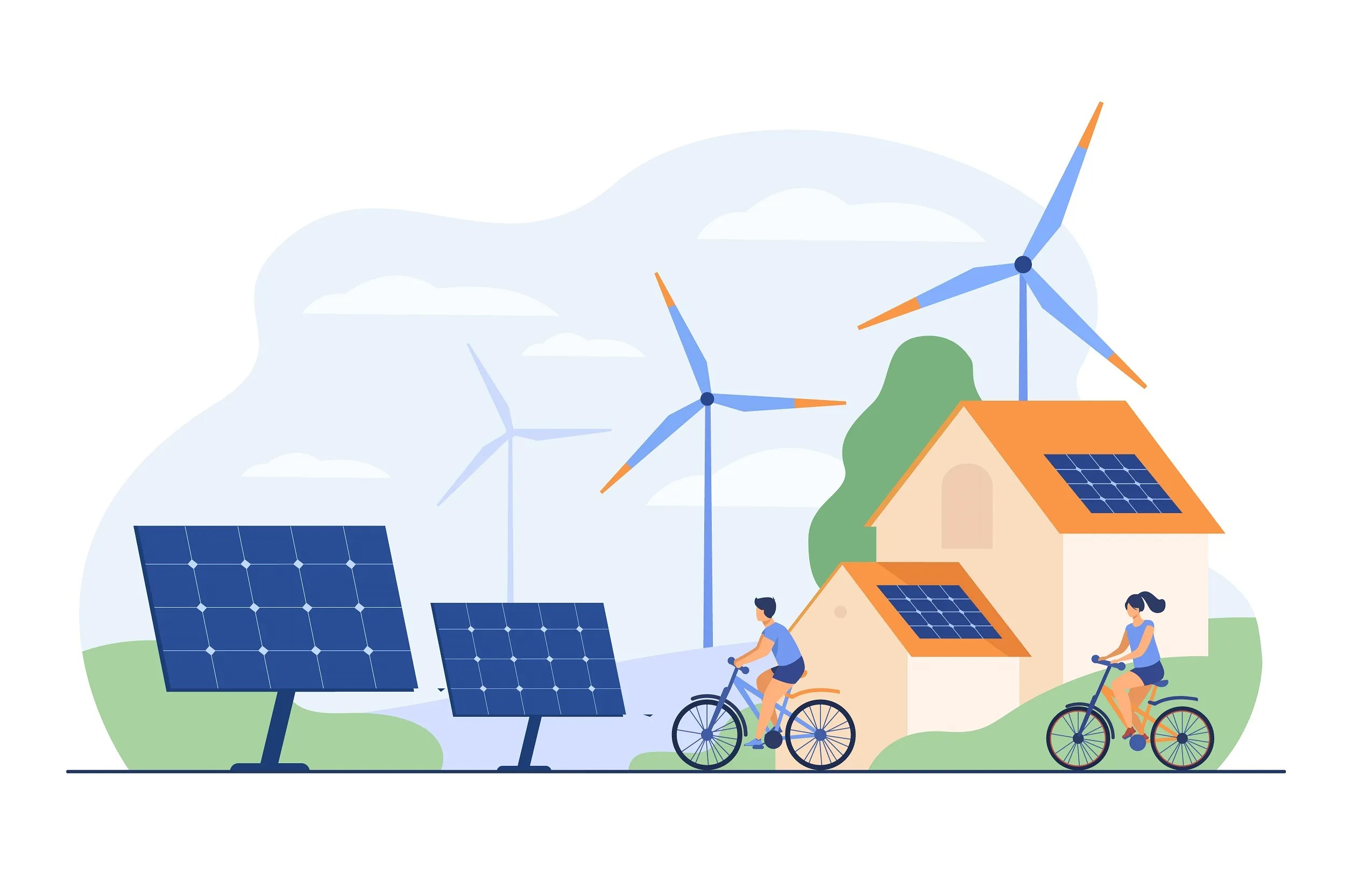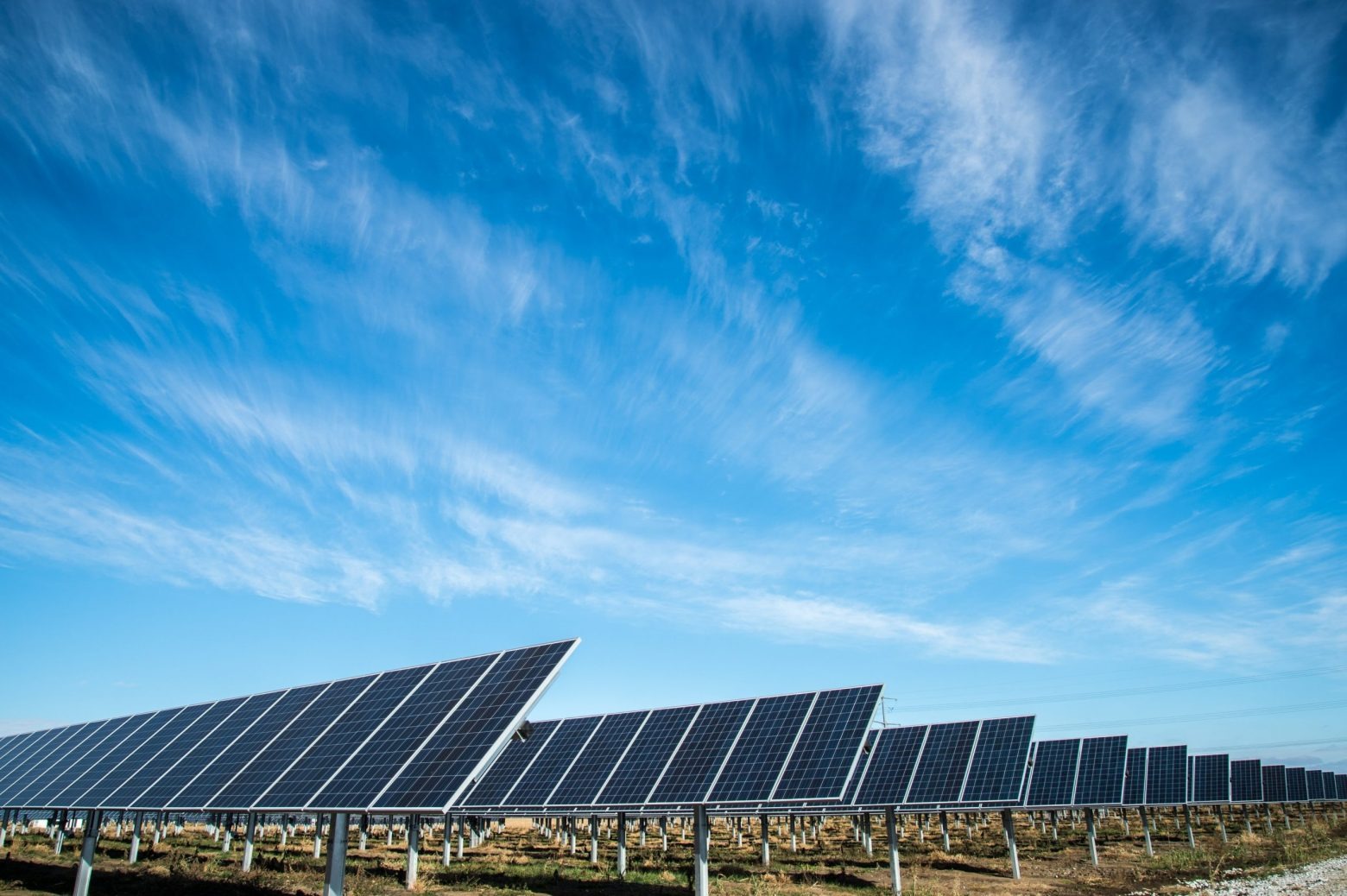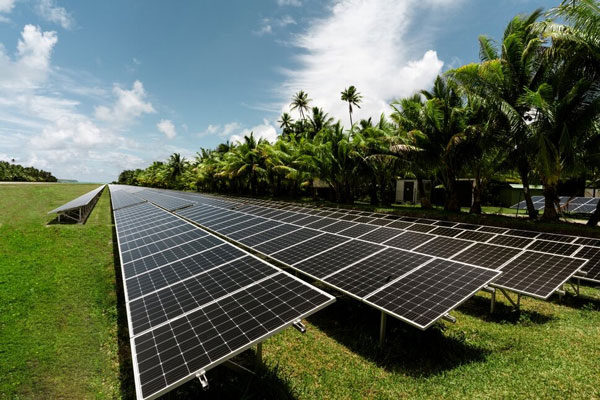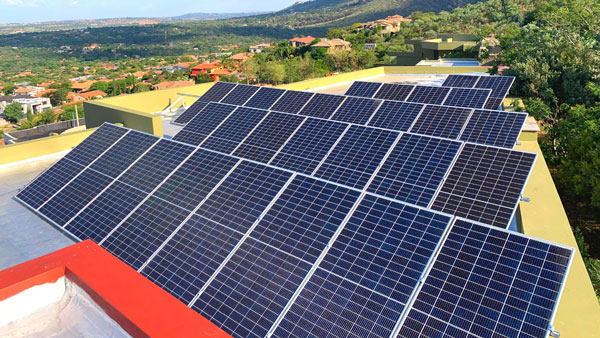Immediate Power Supply
Rapid rebuilding and power up-time in disaster treble areas during solar energy systems is a clear advantage of the resiliency. In the aftermath of Hurricane Maria’s devastation of Puerto Rico in 2017, solar energy initiatives were brought in to power hospitals and off-grid villages. Deploying portable solar panels and microgrids offered immediate relief as well as support for the long road to recovery.
Efficient Resource Allocation
There is relatively little logistic support that solar energy systems need in comparison to the available traditional power sources. During 2011’s earthquake in Japan, areas where fuel supply lines were disrupted turned to solar-powered devices for power. They can also go up quickly: a solar installation only needs panels and basic wiring, rather than the huge infrastructure buildout that is now so difficult with so many roads and transportation networks still unusable.
Strengthening community resilience
“Having communities that are on solar, either grid-connected but with battery back-up or fully off-grid systems will create the kind of resilience necessary to limit just how crippled our centralized energy system can become,” Carrington said. One community in Florida was able to keep power running during Hurricane Irma thanks to a solar-powered microgrid. The station not only kept vital systems running, but also acted as a central hub for emergency services which demonstrates the community resiliency solar power offers
Cost Effectiveness
Solar energy is certainly attractive in terms of long-term cost savings, particularly when its benefits as an alternative to emergency fuel supplies during disasters are considered. Analysis has found that over their lifespan, solar installations can save the town or school system generally around 20% on energy costs. These savings can be used for other critical recovery needs, which further reinforces the way solar power makes financial sense in a disaster preparedness framework.
Scalable Solutions
Scalability—solar energy systems can be designed to meet as little or as much power needs. It can range from small portable units to large installations, and everything in between! In 2018, portable solar generators helped evacuate centers and fire stations gain critical power during the California wildfires. Proving them to be scalable and capable of handling emergency situations. The scalability ensures a more directed approach that suits the different areas’ specific needs, making them much more efficient when needing to be deployed in disaster recovery roles.

Sustained Medical Operations
In the context of power outages resulting from natural disasters, solar energy increasingly plays a critical role in ensuring continued medical care. A vital one is a hospital in Haiti that was able to remain open and function following the 2010 earthquake due to its solar power setup. Not only was the Hospital able to maintain a continuous service of medical attention. They even save around $379,000 per year in energy expenses!
Reliable Emergency Power
Under such disaster scenario hospitals with solar power have critical medical equipments running. In 2012 during Hurricane Sandy, a hospital in New York remained running due to solar panels powering emergency lighting, medical devices and communication systems that kept it open for a week when the storm struck there. This capability is critical for interventions that can saves people’s lives when the normal power grid goes.
Portable Solar Medical Kits
Portable solar medical kits are such a boon for enabling on-the-go healthcare services in natural calamity struck areas. This includes solar-powered lights, vaccine refrigerators and medical device chargers. In some cases of natural disasters, such as the 2015 Nepal earthquake, they were used quite successfully to help healthcare providers treat patients when and where there was no power available.
Cutting Hospital Carbon Emissions
Additionally to renewable solar energy and disaster resilience, hospitals further benefit here by reducing their carbon footprint. Given the healthcare sector is an extensive contributor of global emissions, while transitioning to solar for healthcare not only prepares us even better for disasters but will help the world meet its sustainability commitment. With solar, hospitals are seeing up to a 30% decrease in their carbon emissions. Hospitals utilizing cleaner energy sources strengthen environmental stewardship and community health outcomes.
Enhanced Energy Security
It offers hospitals more a more secure energy source, as this is important for when people depend on electrical power during long outages. In 2017, when the California wildfires threatened to shut down whole grid circuits, a number of healthcare facilities were able to operate seamlessly thanks to their separate solar systems. The independence from the regular power grids shows the importance of solar energy in terms of critical healthcare infrastructure.
Reliable Communication Channels
Solar energy is essential to keeping communication alive during disasters, and all emergency responders along with affected populations are able to keep a mobile phone handy even after traditional power source fails. During the Caribbean hurricanes of 2017, solar-powered cell towers and communication equipment were critical to rescue efforts and which proved pivotal in deploying aid.
Harnessing the Sun for Internet and Phone
Setting up solar-powered WiFi hotspots and mobile phone charging stations can quickly reestablish the means of communication in regions hit by a disaster. For instance, following Typhoon Haiyan in the Philippines, solar powered charging stations allowed survivors to get into contact with their families and coordinate services provided by aid. “Besides ensuring that there is immediate communication, this approach also helps in getting long-term recovery after damages”, it added.
Emergency Communication Kits
Solar generators power emergency communication kits, which contain radios, as well as satellite phones and GPS units all use portable solar panels to charge them. During the Australian wildfire seasons, they were used broadly to help teams move through areas where grid power had been disrupted and communicate with one another. A typical kit supports up to 10 devices and can maintain communication outside of sunlight for as long as 72 hours.
Support to Community Warning systems
It is community-based solar power warning system which gives disaster the stamp of real time data. "Indonesia, used solar-powered sirens and emergency broadcast systems in the 2018 tsunami that gave residents early enough warning to get across a bridge before it was washed out,'' he said. The systems are also low maintenance and can keep going for years, making them a strong option for disaster-prone areas.
Public Safety Networks Integration
By brining on solar energy, public safety networks can ensure that the critical communication infrastructure continues to operate even when there is an electricity outage.
Continuous Emergency Services
Solar energy is a constant and dependable source of power for emergency services during emergencies, keeping the aid flowing when people need it most. That includes a Texas-based critical facility, the solar-powered emergency center which stood unaffected by state blackouts from severe 2021 winter storms.
Fire and Rescue Operations
Solar power installations are very beneficial to fire stations and rescue services. In the recent California wildfires, multiple reports surfaced of fire stations using solar panels and battery storage that remained up and running while electric girds all around were failing. These aren’t the gaming systems and televisions but rather power equipment vital to the facility, including communication devices, emergency lighting and ventilation fans.
Solar Power in Emergency Shelters
Emergency shelters connected to integrated solar systems are sanctuaries in times of crisis- not just safe areas for shelter but supporting basic services like lighting, heating and communication as well. Following Hurricane Katrina, a group of solar-driven shelters were scattered around the Gulf Coast and have positively impacted the disaster relief efforts in that area. These shelters became very important in ensuring that residents had an available place for medical attention, food, and information on rescue efforts.
Disaster Recovery Coordination Center
Solar-powered disaster recovery coordination centres are central to this. These centres are also powered by solar energy to ensure the functioning of computer systems, radios and other communication devices used for disaster relief and volunteer coordination. The solar-powered coordination centers that were key for the international aid response following Haiti’s 2010 earthquake, enabling more efficient distribution of resources.
This contributes to bolstering the durability and sustainability gains of this tire
If done right, integrating solar power in emergency services should not only be beneficial during times of disasters but also ensure that the service is sustainable and rugged for years to come. The durability of solar installations to extreme weather and their ability to keep functioning without the grid has made emergency services much more resilient to future such disruptions. That resilience is essential for communities in disaster areas, even as severe events allow people to bounce back much more swiftly and smoothly.

Long-Term Energy Security
Solar power lies at the heart of ensuring long term energy security, especially in parts of the world which face natural disasters on a frequent basis. and does this by delivering a renewable, robust power source that displaces the grid-transit based on fossil fuels. Japan embarked on an ambitious project after the 2011 tsunami by investing significant state resources in solar power to decrease reliance on nuclear and imported energy sources in a measure of greatly increasing national resilience.
Decentralize Power Generation
decentralized solar power systems prevent these communities from losing their energy independence in the case of a grid failure After Hurricane Maria, post-Hurricane Maria in Puerto Rico and they did deploy some small-scale solar systems across the island to help these communities become more self-sufficient around being able produce their own energy.This opportunity as we transition away from fossil fuels completely to really democratize our power source production. Those systems did not only help powering during the emergency but also kept local power supplies running well after initial recovery.
Solar Microgrids
Solar microgrids are vital for ensuring uninterrupted power supply in the less connected and otherwise disaster-struck areas. Having the ability to operate independently of the main power grid, these grids work especially well in areas where repair of infrastructure can take months. Solar microgrids in Vanuatu powered essential community infrastructure such as schools, clinics and government buildings which aided the faster recovery of communities and faster preparations for future resilience after Cyclone Pam.
Improving national energy policy
Solar energy in national energy plans is an essential part of strengthening long-term energy security for supporting sustainable development. The U.S. Department of Energy, says solar energy systems that are installed in critical infrastructure can allow crucial services to continue running even when natural disasters or some other disruption takes down the traditional power grid. Such a policy direction not just reduces the immediate impact of disasters, but it is also in tune with wider environmental and economic aims.
Economic Stabilisation via Diversion from Energy.
Solar power incorporation into the energy sources helps with diversification lowering expenses of importing and creating the necessary infrastructure therefore securing economic stability. For nations such as Germany and Australia, which have both markedly lowered national energy prices and greatly increased economic elasticity thanks to the addition of significant solar capabilities to their grids. In some respects the move can also protect economies against sliding global oil prices and guard them from geopolitical tensions caused by reliance on energy imports.





